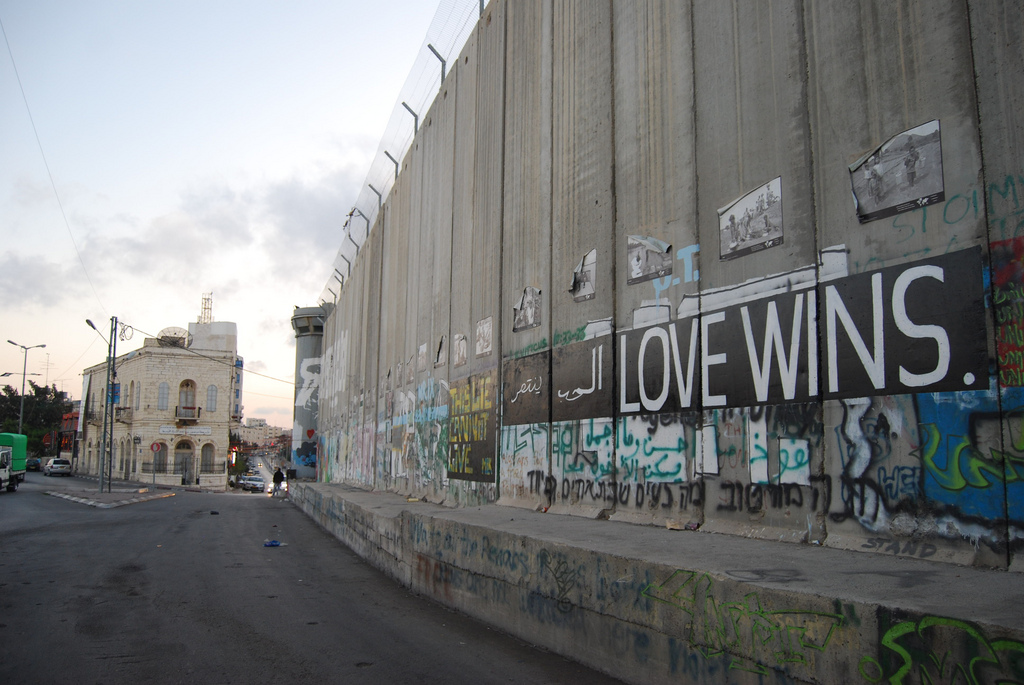Lindsey spent the past two summers in India on the Climate Change Science and Policy Dialogue under Civil Engineering professor Auroop Ganguly.
A typical Indian auto rickshaw has three wheels, no side doors, and seats for up to four people. There are 3 million rickshaws in India alone, and most of them are marked by a distinctive yellow canopy roof with green underbodies. More distinctive than their looks, however, is their honk. Sometimes, two friendly beeps. Other times, the honk signals aggression, long and grating. At first, the honking keeps you up at night, makes going outside seem like an effort, and marks the streets as a danger zone. However, as time goes on, you slowly become used to this and you realize this is harmony, this traffic is not traffic at all but it’s a type of music. A rickshaw is more than just one form of transportation or the origin of a distinctive honk. The rickshaw embodies the modern narrative of Indian development. It highlights what oftentimes is two opposing ends: moving out of poverty and managing environmental priorities.
The rickshaw’s origins are in Japan and Italy nearly a century ago. However, today the rickshaw is a marker of the developing world. The largest markets for rickshaws are now Bangladesh, Egypt, India, Nigeria, Peru, Sri Lanka, and Thailand. India alone makes 530,000 auto rickshaws a year for local use and 300,000 for export.[1] These numbers are staggering, and they’re growing. For the millions rising out of poverty, the rickshaw makes transportation accessible and bolsters small businesses. Although buses also provide a reliable form of transport to work, rickshaws are often used for the last mile of a worker’s commute. For less than 32 cents a mile, an auto rickshaw can transport three to four people.[2] Out of the nearly 229 million motor rides that are taken every day by Indian passengers, approximately 20% of those rides are on an auto rickshaw.[3] That’s an awful lot of rides—and pollution. In order to understand an auto rickshaw’s environmental impact, it is important to know its evolution.
The original auto rickshaw ran on dirty petrol and two-stroke engines, which led to a host of major health risks. Vehicular pollution increased risks for lung cancer and asthma, which a major public health issue across India’s cities. Between 1975 and 1995, the Indian economy grew by 2.63 times. Strikingly, however, the vehicular pollution load grew by 7.5 times.[4] As a result, in 1998, India banned two-stroke engines, in favor of natural gas engines. Two-stroke engines pollute more than 13 times their natural gas engine (CNG) counterparts.[5] CNG rickshaws are most common today. Studies have shown that this transition has led to substantial decreases in some pollutants but not all.[6]
Looking forward, there have been multiple attempts to create an e-rickshaw that runs on battery power. Battery-powered e-rickshaws could help solve the problem of growing emissions within India. They do not provide a perfect, solution, however. E-rickshaws are much more expensive for their owners than those that run on natural gas. In addition, e-rickshaws are not subject to government regulation. Because e-rickshaws are not under the jurisdiction of the Motor Vehicles act, drivers cannot be fined or even required to be licensed.[7] Battery powered rickshaws have a long way to go. Although they’re rising in popularity, there is simply not enough infrastructure or regulation in place to make them as ubiquitous as their natural gas counterparts.
The questions that surround e-rickshaws in India are important ones. In a developing area, how can people receive transportation that is affordable, safe and good for the environment? Is it possible to have all three? A major mistake in defining “sustainable development” is solely focusing on environmental impact. However, the definition of sustainable development has three pillars, not one. Social and economic development are equally as important as the environmental kind.
If you go to Delhi as a tourist, it might be hard to keep your eyes open due to the air pollution if you’re not used to it. If you live in Delhi, you might be at risk for far worse. Millions of people die from air-pollution-related diseases each year. Thirteen out of 16 of the world’s most polluted cities are all in India.[8] This amount of pollution is staggering. The problem of air pollution is urgent. It’s true, rickshaws make up only one component of total emissions. India’s airplanes, factories, cars and buses all contribute to emissions. However, how India chooses to address the auto rickshaw has implications way beyond the sound of its honk. According to environmental economist Nicholas Stern, “It’s crystal clear that we succeed or fail on winning the battle against world poverty and managing climate change together. If we fail on one, we fail on the other.”
[1] “Tuk-Tuking the World by Storm; Three-Wheeled Transport.” The Economist, February 22, 2014.
[2] Preston, Benjamin. “An Epic Road Trip in an Electric Tuk Tuk.” New York Times, August 13, 2013. Accessed July 31, 2015. http://www.nytimes.com/2014/08/14/automobiles/an-epic-road-trip-in-an-electric-tuk-tuk.html?_r=0.
[3] Mani, Akshay, Madhav Pai, and Rishi Aggarwal. Sustainable Urban Transport in India. Washington, DC: World Resources Institute, 2013.
[4] Ravindra, Khaiwal, Eric Wauters, Sushil K. Tyagi, Suman Mor, and René Van Grieken. “Assessment of Air Quality After the Implementation of Compressed Natural Gas (CNG) as Fuel in Public Transport in Delhi, India.” Environmental Monitoring and Assessment 115, no. 1 (2006): 405-17.
[5] Stevenson, Phillip A. “A Greener Motorized Rickshaw Could Be the next Ride for the Emerging Market Poor.” Quartz. November 12, 2013. Accessed July 31, 2015.
[6] Ravindra, Khaiwal, Eric Wauters, Sushil K. Tyagi, Suman Mor, and René Van Grieken. “Assessment of Air Quality After the Implementation of Compressed Natural Gas (CNG) as Fuel in Public Transport in Delhi, India.” Environmental Monitoring and Assessment 115, no. 1 (2006): 405-17.
[7] World Health Organization. WHO’s Ambient Air Pollution Database – 2014 Update. Geneva: United Nations, 2014.
[8] Bhasin, Ruhi. “In Delhi, It’s E-rickshaws vs Auto-rickshaws.” Indian Express, June 23, 2014, Cities sec. Accessed August 13, 2015. http://indianexpress.com/article/cities/delhi/e-rickshaws-vs-auto-rickshaws/.



